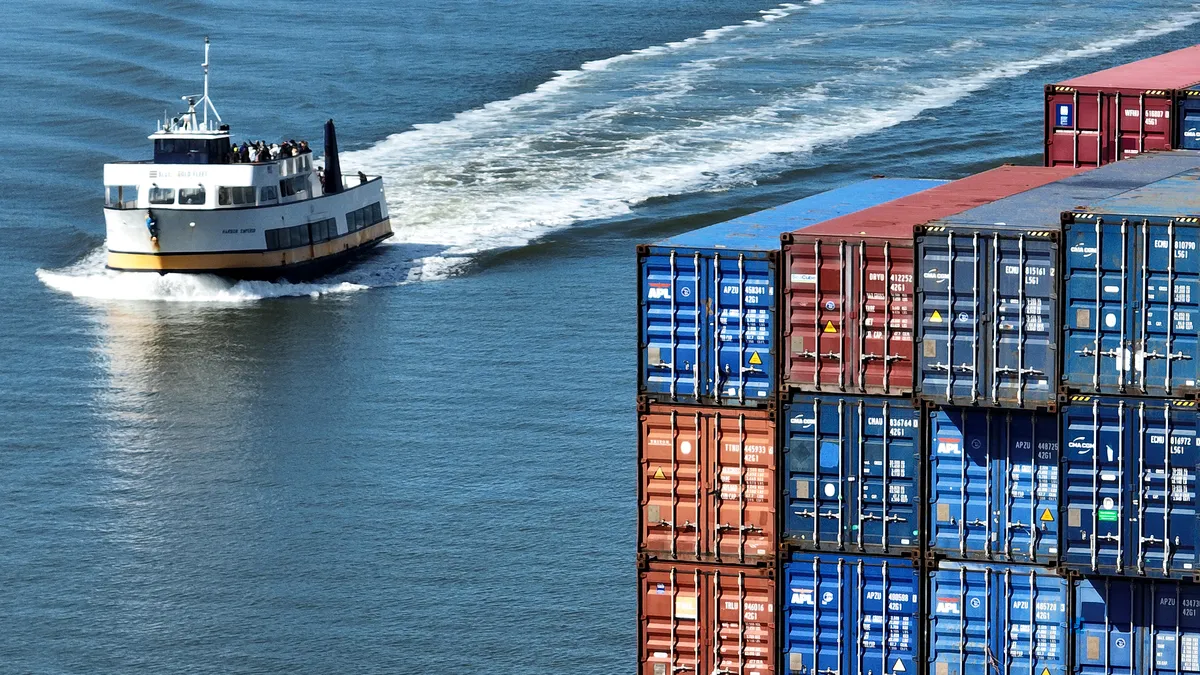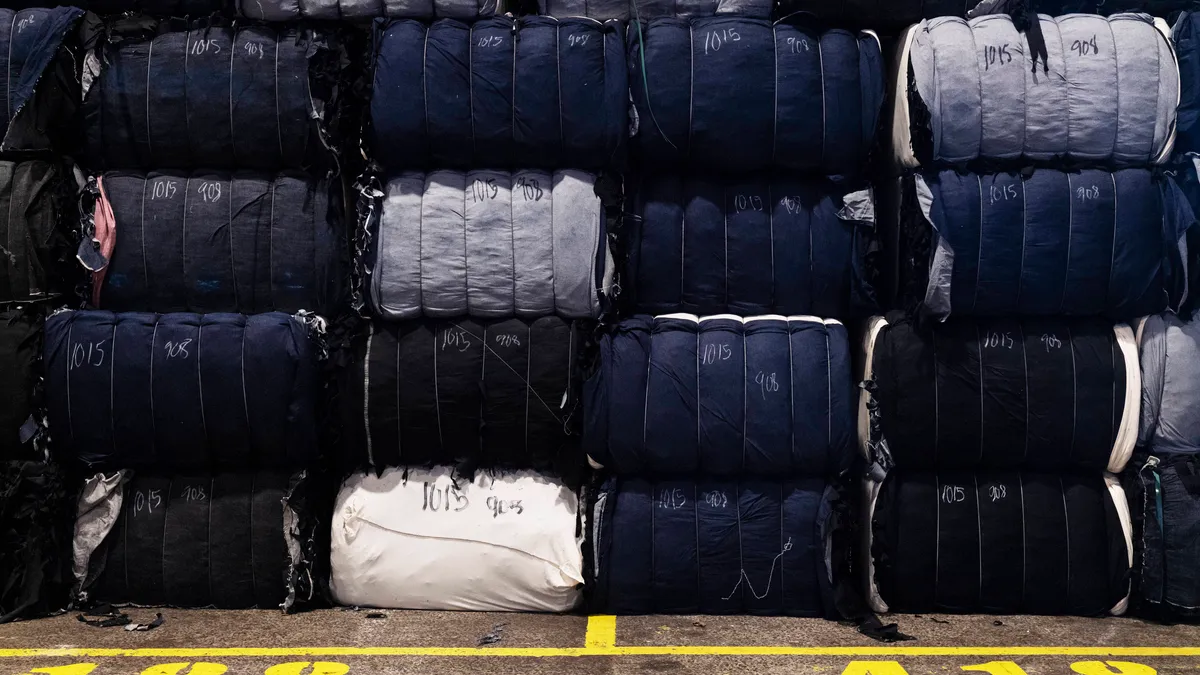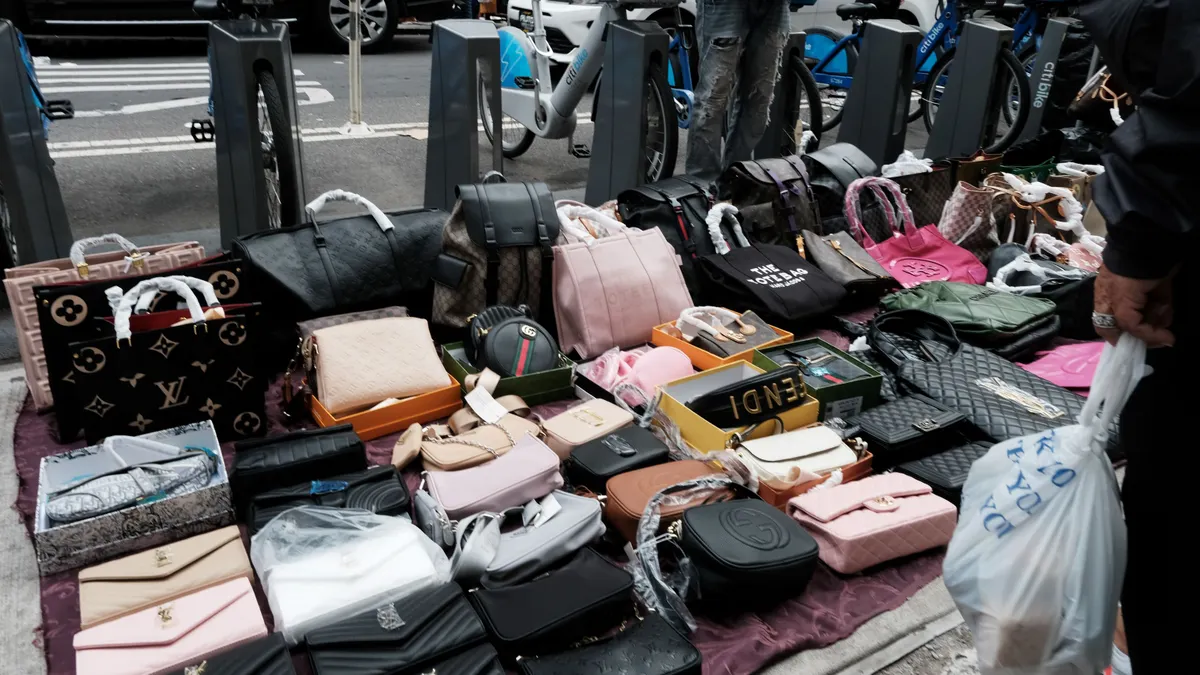Supply chain disruption is a constant, albeit unwelcome, companion to the fashion industry. Yet how companies navigate a shifting landscape of labor issues, extreme weather and trade disputes may well determine who succeeds and who fails over the next decade, as the potential for disruption — and the consequences for not meeting demand — only increases.
During the summer, a series of port stoppages and strike threats took labor negotiations in shipping and ground transportation to the brink of collapse. They highlighted an urgent need for fashion companies to make better plans.
“Even if a strike doesn’t happen, the history of the last three years tells us there will be a new shipping crisis around the corner,” said Inna Kuznetsova, CEO of ToolsGroup, a Boston-based supply chain planning and optimization software firm. “None of us can predict, we can just bet on the fact that something will happen and put things at risk again. We need to start using that event as a trigger to rethink our overall approach.”
The start of the Covid-19 pandemic in 2020 was soon followed by labor issues, and the combined effect forced companies to rethink their contingency plans because of major supply chain disruptions.
In particular, there were major problems last year at West Coast ports, which experienced periodic disruptions over stalled labor negotiations between the International Longshore & Warehouse Union and the Pacific Maritime Association.
The situation was challenging for months until intervention by the U.S. labor secretary finally helped broker a tentative agreement with the parties in June. Ratification was announced on Aug. 31, with 75% of the ILWU voting in favor of the new six-year agreement, per an email sent to Fashion Dive.
Meanwhile, negotiations between UPS and its union representing 340,000 workers also went down to the wire before a deal was reached in late July. Ratification of the UPS agreement came on Aug. 22.
Yet labor disputes and supply chain disruptions are nothing new in the fashion industry. Long-time observers blame an outdated system for the industry’s delivery issues.
“Over the last 40 years some things [in fashion production] just haven’t changed,” said Nick Vyas, executive director at the USC Marshall Center for Global Supply Chain Management. “We’re still dealing with long lead times, from long design to delivery cycle times. From planning and sourcing, to manufacturing, all the way from the first mile to the last, it is still an antiquated approach.”
As echoed in a 2022 state-of-the-industry report on fashion from McKinsey, “supply chains remain disrupted from the COVID-19 pandemic, elevating the need to invest in faster and geographically closer manufacturing systems.” The report added that although digital DTC channels are still a top priority, fashion industry leaders have to diversify their strategies if they want to “maintain efficiency and market relevance.”
Fixing a decades-long problem may seem daunting. But for many fashion companies, doing things the old way is no longer an effective method for building and maintaining a successful brand.
Here are five suggestions from experts on how to make fashion’s supply chain more resilient.
1. Flexibility
For brands importing from Asia, flexibility can be tricky given the many stages needed to get product designed, sourced and delivered, said Kuznetsova. Any small change in normal supply routes can throw off the whole chain, she added.
“Doing everything in real time is critical to making the right decision,” Kuznetsova said. Flexibility can give a business time to “postpone the decision on when to delay shipment until the last minute. You may have an order and can’t fill it due to a strike. You could fill that order from another store, warehouse or from a different supplier.”
“The apparel that’s going to be in stores in a handful of months from now underscores the level of planning that goes into the retail supply chain,” Jess Dinkert, vice president of supply chain for Retail Industry Leaders Association, said. It also underscores “how far out they really have to look at these contingency plans and be able to make decisions now in order to mitigate disruptions in the future.”
2. Move up delivery schedules
Brands can bring in goods earlier and warehouse them to stay one step ahead of the fragile supply chain, according to Christopher Tang, professor at UCLA Anderson School of Global Management. Although it’s costly, not having goods available when a customer needs them can be an equally expensive mistake.
“When you anticipate a potential strike, companies may need to move up their [delivery] schedules a bit earlier,” Tang said. “They can shift earlier to a warehouse just in case so that they will have more inventory available.”
Another way for some fashion brands to skirt around delivery issues is to produce significantly smaller quantities of trendy styles and ship them directly to their stores and consumers in the U.S. Fast fashion companies such as Shein and Temu ship goods on a weekly basis and can avoid paying import taxes if their shipments have a value of $800 or less, although lawmakers are investigating these practices.
3. Create a digital twin
Automation has come slowly to the fashion industry, with many companies still employing antiquated systems to design, manufacture and bring products to market. In order to mitigate the risk of supply chain disruption, brands are being advised to embrace digital solutions that will help plan for the unforeseen breakdowns that inevitably occur.
Having the ability to see every step in the manufacturing process in real time allows a company to make last-second decisions on when to ship product, what delivery system to use or whether to postpone a delivery altogether. That can be accomplished by having a digital twin, meaning software that presents a virtual representation of an operation, mirroring its real-world counterpart and using real-time data and simulations, said Kuznetsova. Applied to the fashion industry, digital twins can help track apparel inventory across warehouses and stores, optimizing operations and decision-making.
Large retail players such as Amazon already have digital twin systems like this in place, which allows them to keep track of their supply chain in real time, said Kuznetsova.
“It gives them a competitive advantage,” she said “The key is having full visibility of inventory, including goods in transit, to be able to make fulfillment decisions.”
4. Nearshoring
Moving production of apparel and footwear away from places like China to smaller, less restrictive Asian countries or to Mexico and Central America has become more popular as fashion companies look for ways to avoid disruption and shorten the production journey.
While China has been a manufacturing haven for U.S. brands due to labor costs and relative ease of transporting goods to the West Coast, the uncertainties mainly caused by trade wars have meant that a growing number of North American fashion brands are looking to manufacture elsewhere.
Some companies are moving production from China to countries such as Vietnam, Thailand, Malaysia, Indonesia, India and Bangladesh, or nearshoring to Mexico and Central America because of their proximity to the U.S.
“There is a desire to rewire because companies are tired of not being in control of their destiny,” Balika Sonthalia, senior partner for Kearney, said. “They want to be more in control, and that starts with moving your source closer to the point of consumption.”
Moderately-priced clothing is still hard to produce domestically in the U.S. due to higher labor costs. But manufacturing in nearby countries such as Mexico is growing, Sonthalia said, because products can reach domestic outlets faster by land than if they were being made in Asia and sent by ship.
5. The great reset
The pandemic forced companies to be more proactive and change supply chain management in a more meaningful way, Sonthalia said.
“Nowadays, we talk about the great reset every time we talk about supply chain,” she said. “There was a huge shock that we saw from both the supply and demand side and we spent the last 2-3 years staying above water to meet customer demand and get products through the door. That’s what the last 2.5 years have been about, which included raising the safety stock levels and storing more products just in case there is another issue.
“All of that is expensive and putting the house in order in sort of a patchwork way is never sustainable. If your roof is leaking sometimes you have to change the roof versus having to do some quick repairs. And that’s what we’re seeing right now.


















